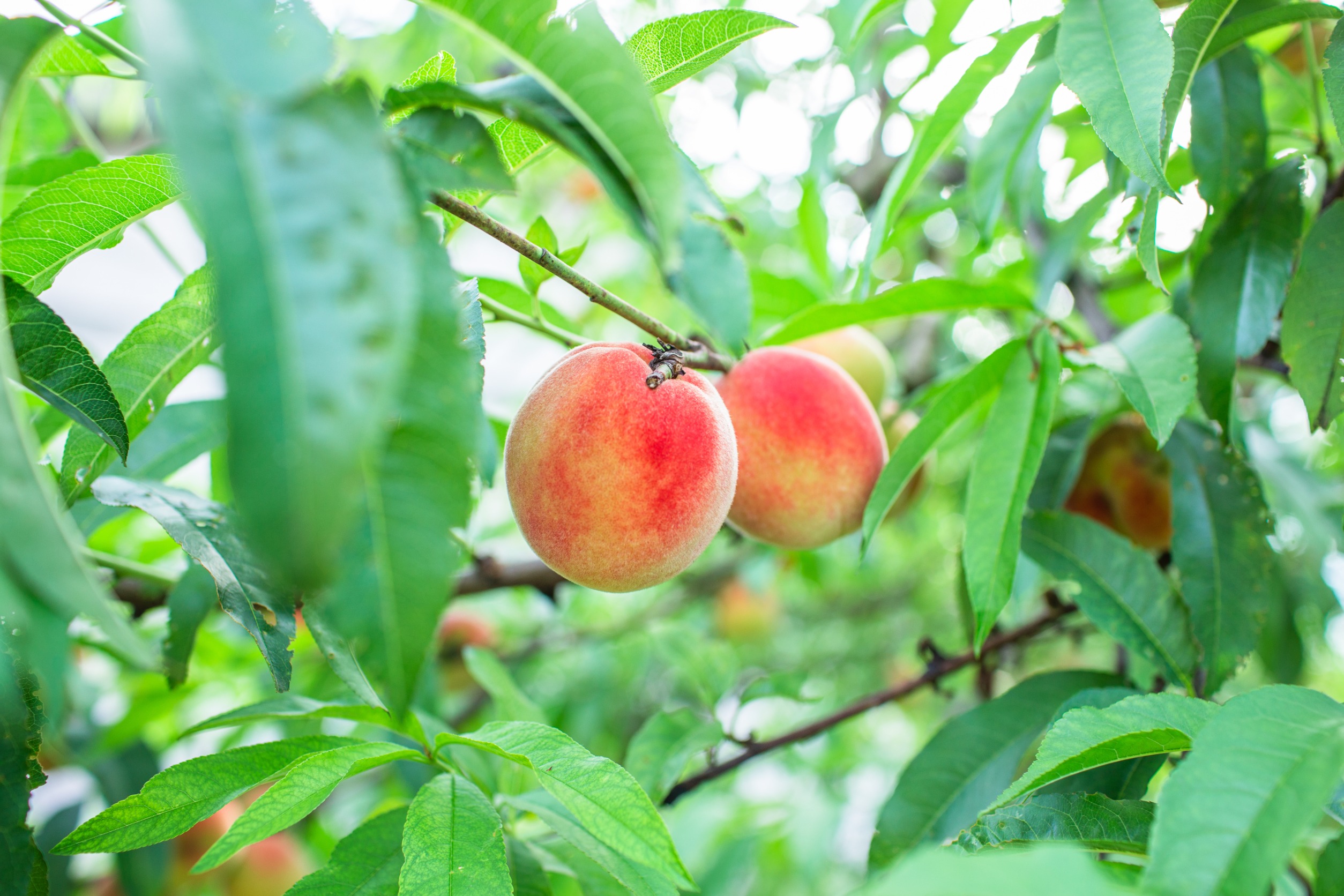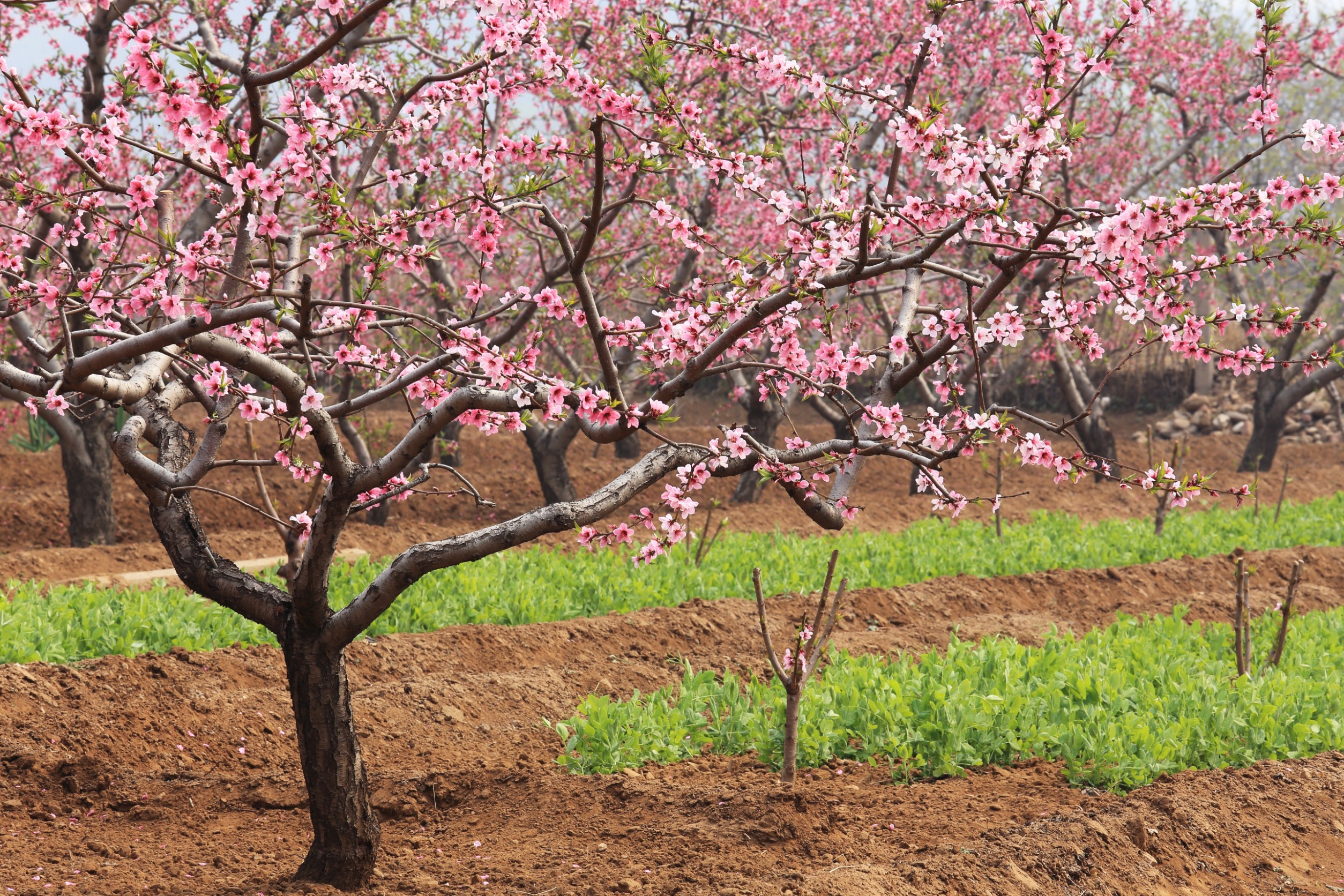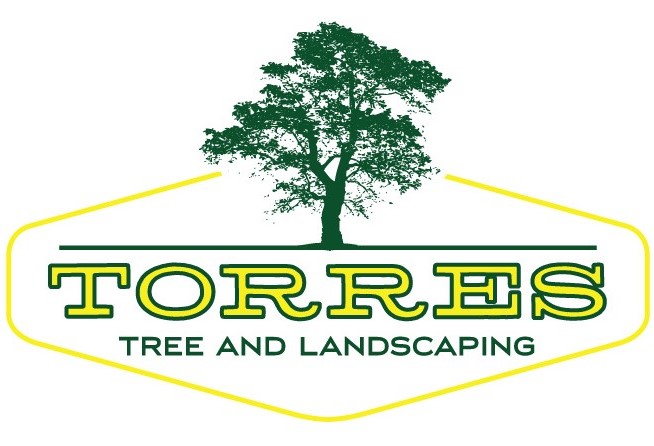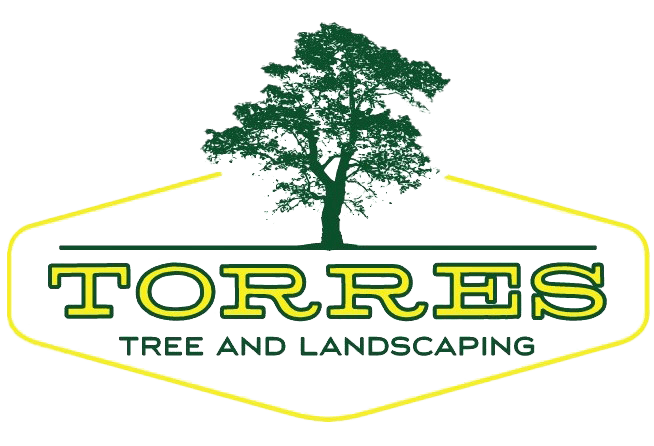Peach trees are not only beautiful additions to any landscape but also provide delicious fruit. However, to ensure their health and productivity, proper care is essential. How do you take care of peach trees?
If you’re wondering, you’ve come to the right place. In this article, we will guide you through the necessary steps to help your peach trees thrive.
Choosing the Right Location
To start, it’s crucial to select an ideal location for your peach trees. They require full sun exposure, so find a spot in your garden or orchard that receives at least six hours of direct sunlight per day.
Additionally, the soil should be well-draining, as peach trees are sensitive to excessively wet conditions. Avoid low-lying areas prone to waterlogging, as this can lead to root rot.
Soil Preparation and Fertilization
Before planting your peach trees, it’s essential to prepare the soil properly. The ideal soil pH for peach trees ranges from 6.0 to 6.5 – slightly acidic to neutral. Conduct a soil test to determine the pH and nutrient levels of your soil.
If necessary, amend the soil with organic matter such as compost or well-rotted manure to improve fertility and drainage. Additionally, consider incorporating a balanced fertilizer, specifically formulated for fruit trees, to provide essential nutrients.
Nothing looks better next to a beautiful tree than a vibrant, green lawn. Head over to our sod installation service page to get your instant lawn installation scheduled.
Planting and Pruning
When it comes to planting peach trees, timing is key. The best time to plant bare-root peach trees is in late winter or early spring, while container-grown trees can be planted in early spring or fall.
Spruce up the garden beds near your peach tree by investing our seasonal planting service to create an aesthetically pleasing outdoor space.
Dig a hole slightly wider and deeper than the tree’s root system and gently spread out the roots. Ensure the bud union (the swollen area where the peach tree was grafted onto the rootstock) remains above ground level. Backfill the hole with soil, firming it gently around the roots.
Proper pruning is an essential aspect of peach tree care. Pruning helps maintain the tree’s shape, promotes air circulation, and improves fruit production. Perform initial peach tree pruning at the time of planting to remove any damaged or weak branches.
In subsequent years, prune during late winter or early spring to remove dead, diseased, or crossing branches. Additionally, thin out excess branches to allow for better light penetration and airflow.

Watering and Mulching
Establishing a regular watering schedule is crucial for peach tree care. Adequate water is particularly important during the tree’s initial growth stage and fruit development. On average, peach trees require around 1 inch of water per week.
Deep watering is preferable to frequent shallow watering, as it encourages the roots to grow deeper into the soil. During dry periods, increase the frequency of watering.
Mulching around the base of the peach tree offers numerous benefits. Apply a layer of organic mulch, such as wood chips or straw, to reduce soil moisture evaporation, suppress weed growth, and regulate soil temperature. Ensure the mulch is placed a few inches away from the trunk to prevent excess moisture accumulation around the base, which can lead to rot.
Pest and Disease Management
Peach trees are susceptible to various pests and diseases, so proactive management is essential. Regularly inspect your trees for signs of common pests such as aphids, mites, and peach tree borers. Implement integrated pest management strategies, which may include the use of organic insecticides or beneficial insects, to control infestations.
The peach twig borer is a common invader of peach trees. Additionally, practicing good sanitation by removing fallen leaves and fruit can help prevent disease spread.
Types of Peach Trees for North Texas
When it comes to growing peach trees in North Texas, it’s essential to choose peach varieties that are well-suited to the region’s climate and soil conditions. Here are a few types of peach trees that thrive in North Texas:
Red Globe: Known for its vibrant red skin and sweet, juicy flesh, the Red Globe peach variety is a favorite among North Texas growers. It ripens in late May to early June and requires a chilling period to initiate and optimize fruiting. Red Globe peaches are suitable for both eating fresh and canning.
Harvester: With its excellent disease resistance and ability to withstand hot and dry conditions, the Harvester peach variety is an ideal choice for North Texas. It produces well-shaped fruit with yellow skin and firm flesh, making it suitable for fresh consumption and baking.
Other recommended varieties include Redskin, Dixiland, and Ranger. With these varieties, North Texas peach enthusiasts can enjoy a fruitful harvest and savor the delicious taste of locally grown peaches.

Conclusion
Taking care of peach trees requires dedication and proper management techniques. By selecting an ideal location, preparing the soil adequately, providing regular irrigation, and implementing pest and disease control measures, you can ensure the health and productivity of your peach trees.
Don’t forget the joy of harvesting and enjoying delicious, homegrown peaches! With the right care, your peach trees will reward you with luscious fruit for years to come.



1 thought on “How Do You Take Care of Peach Trees?”
Pruning, watering, and vigilant pest control seem crucial for peach trees. I appreciate the reminder on timely fertilization and the significance of a healthy environment. Excited to implement these tips in my own backyard orchard! 🍑